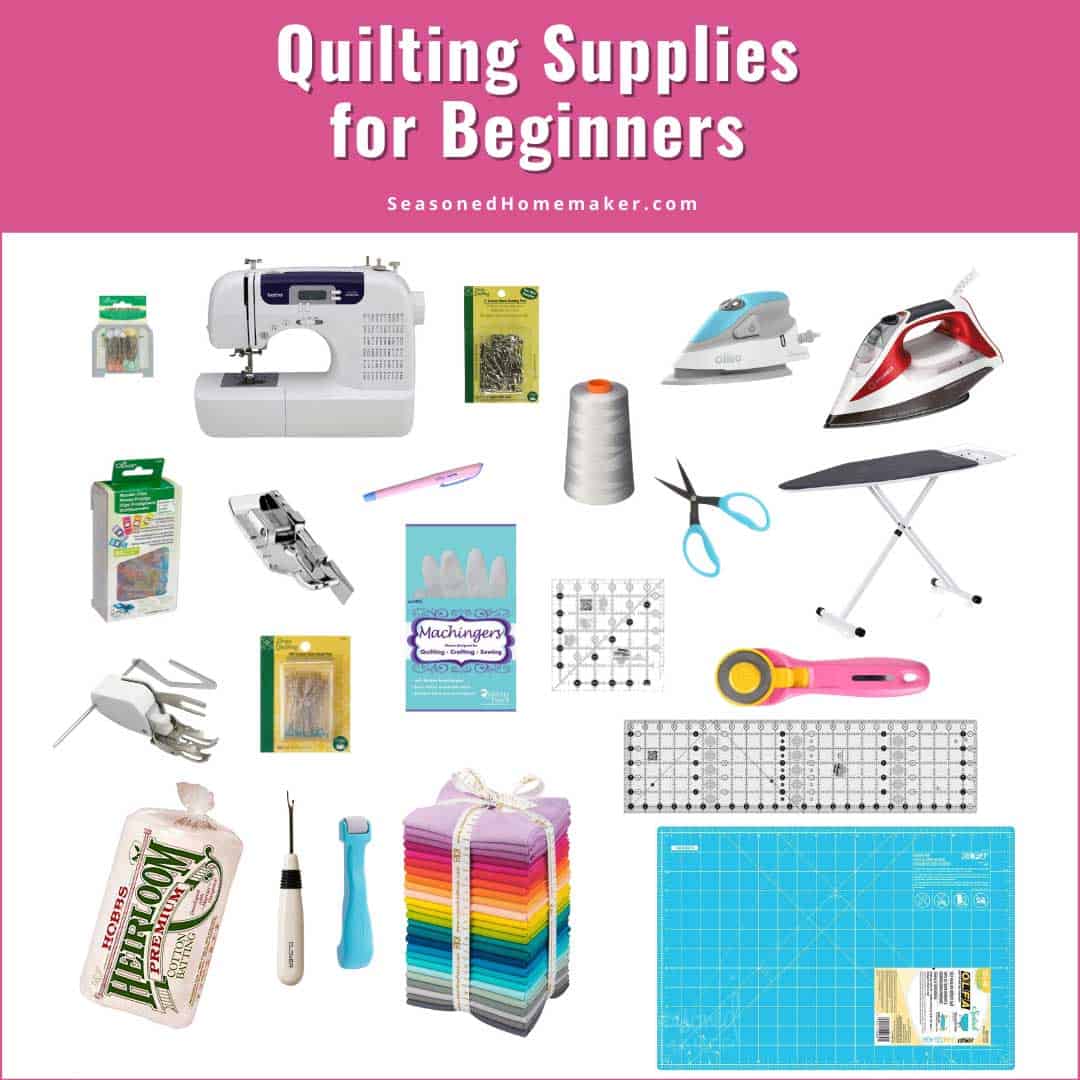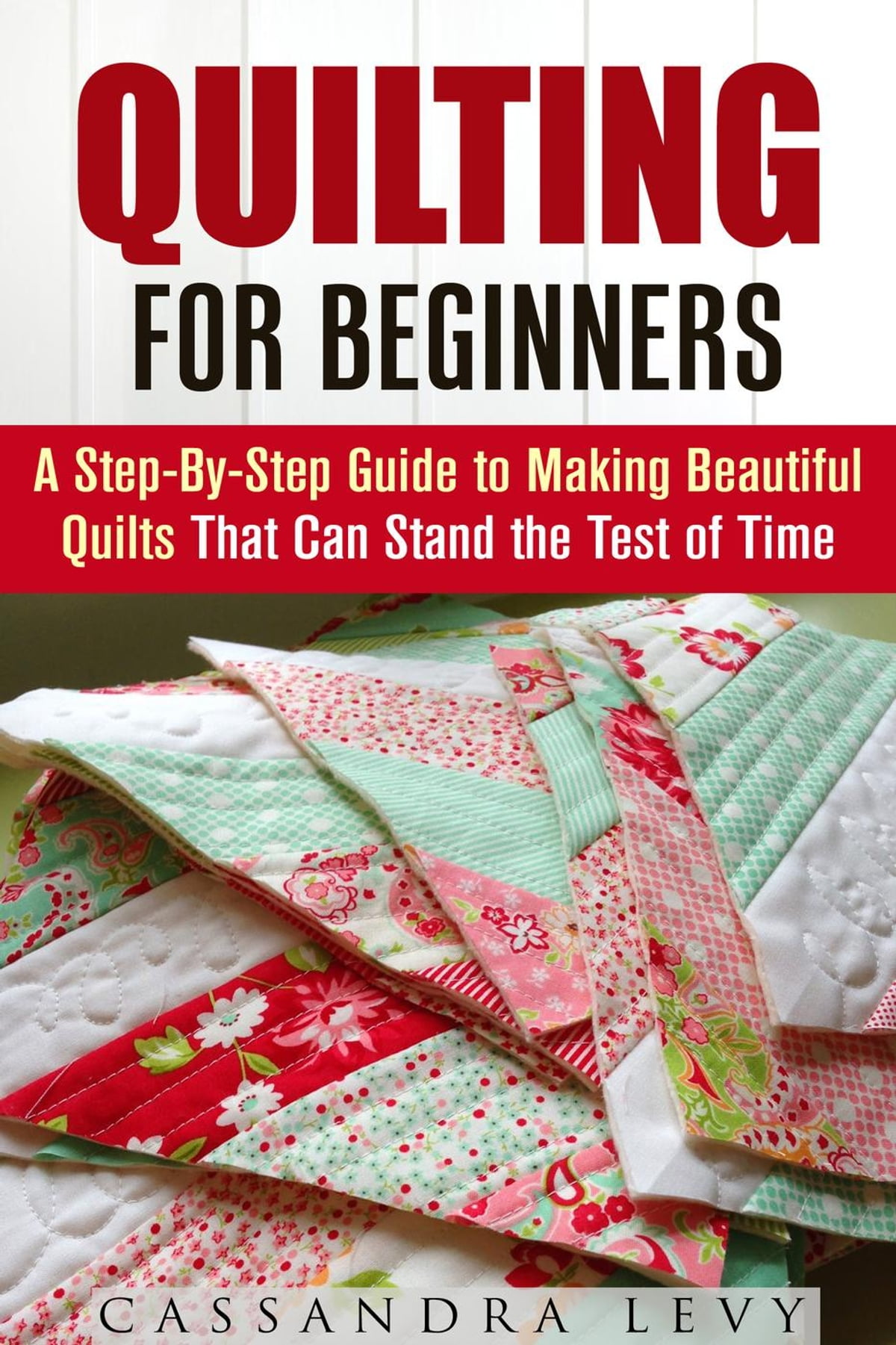Do you want to know how to load a quilt on a Handi Quilter? If so, you’ve come to the right place. This step-by-step guide will help you understand the various steps involved in loading a quilt onto a Handi Quilter. With the right process, you can easily and quickly load your quilt onto the Handi Quilter, allowing you to focus on the more important task of quilting. Follow the instructions carefully and you’ll soon be quilting away!
Materials Needed

Thread: Choose a thread that is suitable for the type of fabric you are using.
Batting: Use batting that is the same size as your quilt top.
Needle: A size 90/14 quilting needle is recommended for a Handi Quilter.
Quilting Ruler: A quilting ruler is essential for accurately measuring the quilt for proper loading.
Quilt Hoop: A quilt hoop is needed to hold the quilt in place while stitching.
Quilt Basting Spray: Quilt basting spray is used to hold the layers together while quilting.
Step-by-Step Guide

Prepare the Handi Quilter
Ensure the Handi Quilter is set up and leveled on a sturdy, flat surface. Make sure to check that the quilting machine is properly secured to the table.
Attach the Quilt to the Handi Quilter
Secure the backing fabric to the quilting machine by using spray adhesive and basting pins. Make sure the backing fabric is stretched tightly on the quilting machine.
Load the Quilt onto the Handi Quilter
Position the quilt on the quilting machine so the quilt top is facing up. Make sure the quilt is centered on the quilting machine and the backing fabric is secured.
Secure the Quilt with Tension Bands
Position the tension bands around the quilt. Make sure the bands are evenly spaced and securely fastened.
Adjust the Quilt Tension
Adjust the tension on the quilt by using the tension knobs. Turn the knobs until the quilt is evenly tensioned.
Tips

- Clean your workspace: Clear your workspace of any items that may be in the way of your quilting machine. Place your quilt on a flat surface and make sure it is free of wrinkles.
- Secure the quilt: Secure the quilt by attaching it to the quilting frame with pins or clips. Make sure to leave a few inches of slack to account for quilt movement.
- Set the tension: Set the tension of the quilt frame to a level that is comfortable for you and will not cause the quilt to pull or pucker.
- Check the needle: Check the needle of the quilting machine and replace it if it is worn or damaged.
- Check the thread: Check the thread of the quilting machine and replace it if it is worn or damaged.
- Tighten the bobbin: Tighten the bobbin of the quilting machine to ensure it is securely in place.
- Adjust the speed: Adjust the speed of the quilting machine to the desired level.
- Prepare the fabric: Prepare the fabric of the quilt by ironing it or steam pressing it, if necessary.
- Start quilting: Start quilting by following the pattern or design of your choice.
Troubleshooting
If the quilt is not loading properly, make sure the leaders are not bowed or twisted. Check the track to make sure it is clean and free of debris. Ensure the quilt is centered on the leaders and the leaders are straight and flat. Also, make sure the quilt is flat and not bunched or wrinkled. If the quilt is still not loading, check the tension of the leaders to make sure it is not too tight. Finally, check the bobbin tension and make sure it is properly adjusted.
Frequently Asked Questions
What Type of Quilt Backing Should Be Used?
The quilt backing should be a single, continuous piece of fabric that is larger than the top quilt layer. It should be tightly woven and wrinkle-free to ensure smooth quilting. For a handi quilter, use a backing fabric that is lightweight and not too stiff, such as cotton batiste, cotton voile, or muslin. Avoid heavy fabrics like denim or canvas.
What size quilt can a handi quilter accommodate?
A Handi Quilter can accommodate quilts up to a maximum of 40″ wide and 120″ long, however there are models that can accommodate larger quilts. The quilt size is dependent on the machine’s throat size, so be sure to check the specification of the model before purchasing a machine. Loading the quilt correctly is important for successful quilting, so be sure to follow the instructions that come with the machine.
What type of quilting needles should be used?
- Size: Use a size 11 or 12 quilting needle.
- Material: Quilting needles should be made of stainless steel.
- Shape: Quilting needles should have a sharp point.
- Length: Quilting needles should be between 2 and 3 inches long.
The right needle can make a huge difference in the quality of your quilting projects. Make sure to use the right type of needle to ensure successful results.
How does one secure the quilt backing to the quilting frame?
The quilt backing is secured to the quilting frame by rolling it up onto the quilt frame and then securing it with clamps or weights. The clamps should be placed around the edges of the quilt in order to keep the backing fabric taut and secure. Weights can also be used to keep the fabric from slipping or shifting. It is important to make sure that the backing fabric is pulled tight and that it is free from wrinkles or folds. Once the backing fabric is secure, the quilt top can be loaded onto the quilting frame.
How can one avoid puckering when loading the quilt onto the quilting frame?
To avoid puckering when loading the quilt onto the quilting frame, ensure that the batting and backing layers are smooth and taut. It is important to stretch the layers as much as possible, without stretching them too far, as this can cause tension in the layers and cause puckering. Ensure that the batting and backing layers are evenly distributed and not bunched up in any places. Pay special attention to the corners, as they are the most prone to puckering. To help keep the layers in place, use clamps or basting pins to secure the layers to the frame.
Conclusion
Loading a quilt onto a Handi Quilter machine is an easy process. With the right tools and proper instructions, you can confidently load a quilt onto your machine. Following the steps outlined in this guide will ensure that your quilt is loaded correctly and that you can complete your project with ease.






